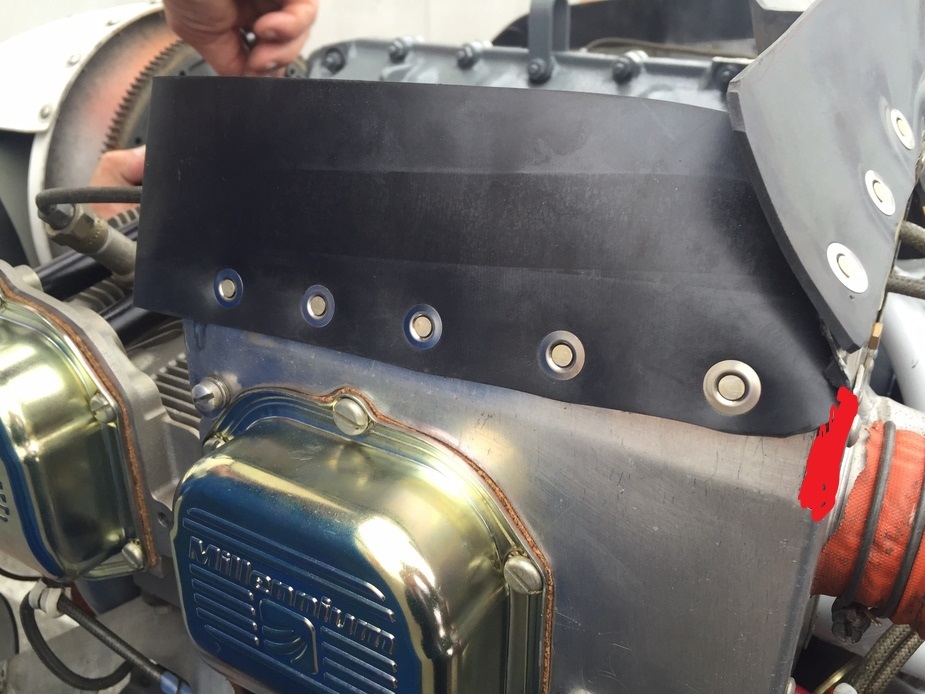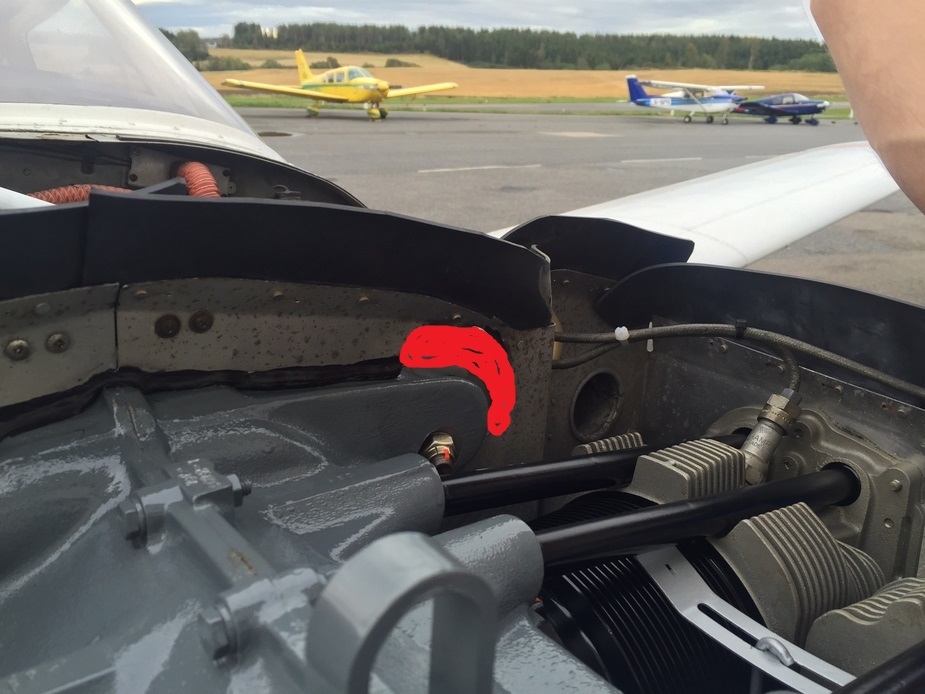This may have been mentioned before but it’s worth checking the location of the CHT sensor, if you have just one.
I know of one pilot of a big pressurised Cessna twin (421C) who burnt something like a number of tonnes extra avgas during his ownership because – on each of the two engines – one of the six CHT sensors was mounted in the wrong location, so he ended up running way ROP to keep that cylinder’s temperature down, pointlessly.
Does anyone have any idea how I can check if they carb is running rich enough?
I don’t know the answer re the carb but at full takeoff power the engine should be about 150F ROP. The carb settings should be documented somewhere. For example for the IO540-C4 engine (mine) the RSA5AD1 fuel servo is supposed to deliver 23 USG/hr (plus or minus a very small tolerance) at a specific air flow, and the overhauler for the fuel servo will have the equipment to set this up. He will adjust a mechanical stop on the throttle and mixture linkages so that this is achieved, and the way the two control cables are installed then doesn’t affect it. The same procedure must exist for a carb. There may be a procedure for adjusting it with the card on the engine but there should also be one for adjusting the carb alone, as there is with the fuel injection servo.
So I am still baffled (pun intended) about the high CHTs…
The baffles now are in perfect condition with all gaps sealed with RTV. Cylinders now have 20+ hours on them. Cruise CHT 70% @ 2000ft is around 340F (105-110kts).
One is an Archer II (PA28-181) and the other is a PA28-180 (Challenger), the cowlings are very much the same. It is impossible to climb at WOT without knocking 380, even at IAS 90-100kts it will rise to about 400F+ (during WOT climb).
Now, the cooling is definitely much worse than I thought…, this needs to be adressed properly by the pilots
I will check the calibration of the CHT system, but I doubt they are both much off. Mag timing could also be wrong, and is on the list as well.
Does anyone have any idea how I can check if they carb is running rich enough?
G
Appreciate your input Michael, the gaps you point out has since been sealed with RTV-silicone. I will test tomorrow and let you know how it performs compared to earlier.
Thanks,
Geir
Real nice baffles BUT at least 2 big HOLES :


Some pictures of the sisterships baffles, which seems to fit very nicely with the cowling in place. This is the aircraft with the recently overhauled engine. The material is very basic rubber, it seems. We will see how it holds up.
The essential point is that to get the seals to work well, one needs the stiffer ones (with the PTFE coating, slippery) on the top ones, and the floppy softer ones on the bottom.
Socata (and others) used the soft floppy silicone-cloth on both, and used springs to hold up the top ones, but after a few years this stops working.
You don’t need silicone to bridge the gap, and in any case the seal material will just flop back down anyway.
I posted photos of the seals I did here a while ago.
The last four pics are without the cowling, not sure where that comment went, it is not in the text…
Anyway, went to the airport(s) again yesterday and trimmed the baffling a few places for a better fit, which I hope will help. I will also seal off minor gaps with RTV sealant and report back to you guys.
Also went to the other airport, where the sistership is located. Sistership has an overhauled engine with 5 hrs on it. The baffles were renewed when the OH engine was installed. These were a better fit, sealed some gaps with hi-temp RTV, and repaired the stall warning (which was the main task for yesterday). I have ordered a CHT gauge for this aircraft as well.
TODO: Check CHR sensor calibration and magneto timing.
G
Depends on what kind of system you use to find the TDC.
Say you use the flower pot, and at the end of a long day you get a bit confused. And you don’t go far enough back on the impulse coupling.
Whatever can go wrong, will (eventually).
Just saying.
And yet I have seen it. If you do it several times a day, you can get sloppy and assume you know it by heart and don’t have to look at the data plate (which can be in a hard to reach place or difficult to read).
You would have to be very stupid to adjust the ignition timing to the wrong value, the correct value is written on the engine data plate.